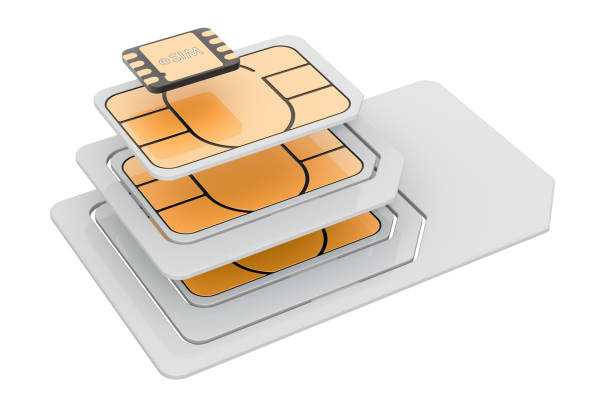

Todos nós já conhecemos o famoso pequeno cartão removível utilizado em dispositivos móveis para identificar o utilizador da rede de uma operadora de telefonia, o SIM (Subscriber Identity Module). Este pequeno cartão armazena não só os dados essenciais para a conexão do utilizador à operadora como permite armazenar contatos, mensagens de texto e outros dados pessoais.
Em 2013, a GSMA desenvolveu uma tecnologia inovadora que iria revolucionar a forma como nos autenticamos aos serviços contratados, o eSIM (embedded SIM). O eSIM é um chip integrado no dispositivo que permite exatamente as mesmas funcionalidades que um cartão físico SIM, porém com uma flexibilidade e conveniência superior ao SIM tradicional.
O eSIM não pode ser removido ou trocado fisicamente, em vez disso ele é programado e gerido através do software do próprio dispositivo. A sua ativação é realizada através de um código QR (quick response) fornecido pela própria operadora. Após a ativação, o perfil da operadora é instalado no eSIM. Este perfil, contém os dados necessários para a conexão da rede móvel do operador.
Podemos olhar para este código QR da operadora como um pacote de acessos e autorizações que nos permite navegar por uma rede privativa.
A gestão do perfil eSIM é por norma realizado no próprio dispositivo por meio de uma aplicação ou das próprias configurações do mesmo.
Esta tecnologia ofereceu vantagens significativas em comparação ao nosso pequeno cartão removível pois com a facilidade de troca de operadora, simplificando a ativação, tornou-se uma mais-valia quando o assunto se trata de liberdade de escolha.
O espaço físico no dispositivo também foi reduzido permitindo que o eSIM seja utilizado em dispositivos de designs compactos, como por exemplo, smartwatches.
Em suma, o eSIM resulta de uma experiência de conectividade mais fluída com a eliminação do cartão SIM tradicional e a adoção de um SIM integrado no próprio dispositivo.











